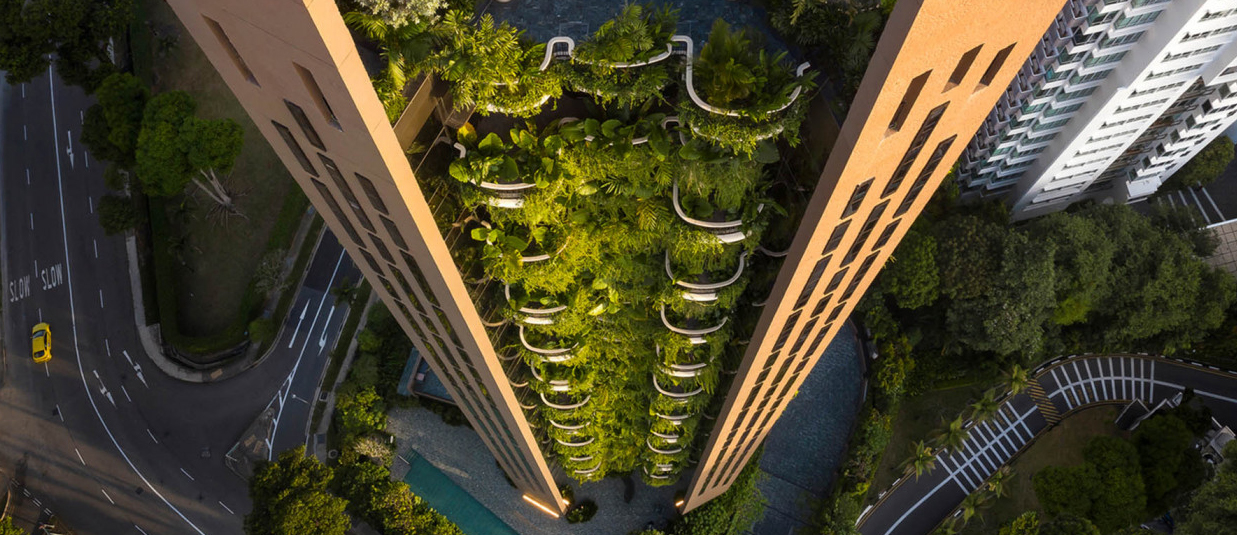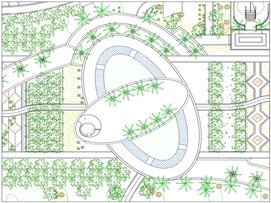The built environment is dressed in green
Biophilia
The biophilia hypothesis is a scientific hypothesis proposed in 1984 by Edward O. Wilson which empirically detects in human beings the “innate tendency to concentrate one’s interest on life and vital processes“. In 1993, Wilson suggested that biophilia is a complex of phylogenetically adaptive learning rules, each of which can be studied individually. Finally in 2002, Wilson proposed a new definition, according to which biophilia is “the innate tendency to focus our attention on life forms and everything that reminds us of them and, in some circumstances, to become emotionally affiliated with them”. This last definition, by focusing on the main characteristics of biophilia (fascination and asymmetric empathy), allowed the first experimental tests of the hypothesis. Source: Wikipedia
Biophilia design
In architecture, biophilic design is a sustainable design strategy that incorporates the reconnection of people with the natural environment. It can be seen as a necessary complement to green architecture, which reduces the environmental impact of the built world but does not address human reconnection with the natural world.
Caperna and Serafini define biophilic design as that type of architecture that is able to satisfy our innate need for connection with life and vital processes. According to Caperna and Serafini, biophilic architecture is characterized by the following elements:
- the naturalistic dimension;
- the completeness of the site, or “the basic structure of the place”;
- “geometric coherence”, i.e. the physical space must have such a geometric configuration capable of enhancing the connections between the human dimension and built and natural environments.
Nature in architecture
Biophilia in your home and office
Biophilia is the desire to connect with nature
Biophilia: the new living spaces
Interview with Stefano Serafini






































































